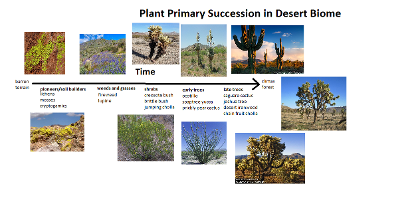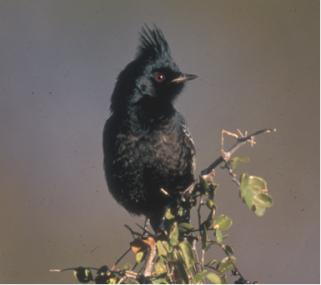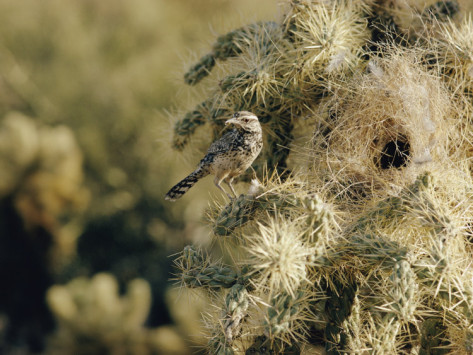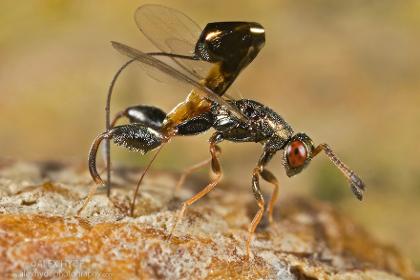Soil Profile Soil located in the desert biome are packed with nutrients and need minimal water to be productive. It is mainly shallow, rocky, and gravely, with no sub-surface water. Some deserts contain layers of sticky clay, or even rock-hard, white limestone layers. Colors range from gray-colored or brown to red that comes from the nutrient iron. These features of the desert soil have taken thousands of years to form and are greatly affected by the organisms that thrive in the desert.  Symbiotic Relationships In the desert biome, there are 3 types of symbiotic relationships that occur: mutualism, commensalism, and parasitism. In all of these relationships, 2 different organism are interacting in some way. The difference is that in some cases both organisms are benefiting, while in others only one is benefiting which sometimes can result in harming the other organism. Either way, these interactions between organisms living in close proximity with each other show how various organisms depend on each other to survive. Mutualism is when both the organisms involved get benefited from the interaction. This is a relationship that benefits the organism and thus their habitat. Commensalism is a relationship where only one of the two organisms involved benefits from the interaction, while the other organism remains unaffected. This means that the host organism is not harmed and doesn't get any benefits from the relationship. Lastly, parasitism is a relationship where one organism benefits while the other is harmed. The organism which benefits from the interaction is called the parasite, while the organism that is harmed is called the host. These three interactions have a crucial role to play between many organisms in any given ecosystem. |
Succession Primary and secondary succession are two phases of ecological growth. Primary succession occurs when life begins to appear in an are where there has never been life before. For example, deserts around the world were at first open lifeless spaces. Over long periods of time, bare rock broke down into small pieces, eventually becoming soil. Heavy winds brought in organic material that decomposed to add nutrients to the soil. Through this nutritious soil, small shrubs and vegetation began to grow. Animals then began to move in to consume these producers and populations of organisms began to grow. Through this long process of primary succession, the desert ecosystem came to life. Secondary succession is regrowth in an area where some life already exists. For example, a major disturbance that occurs in the desert are frequent fires. Fires can end up destroying habitats in the desert and many organisms could die. Gradually, plants begin to regrow and vegetation is again built up, even though some life is still there.(unlike primary succession) Also, this type of succession can take a couple of decades unlike primary succession, where it can take thousands of years. In the end, populations are able to rise up again and ecosystems are restored. This helps keep dynamic equilibrium, because there is a state of balance between the organisms and their environment.  Examples of Symbiotic Relationships in Desert Biome Mutualism In this relationship, the Phainopepla bird feeds on the mistletoe berries and disperses them through its scat. In this way the plant provides food for the bird, while the scat scatters the seeds in various areas throughout the desert surroundings which helps the mistletoe plant grow. This interaction shows mutualism, where both organisms benefit in some way.  Commensalism The cactus wren and the cholla cactus In this instance, the cactus wren builds its nest high up in the cholla cactus. While this helps the wren keep its young away from predators prowling on the ground, the cactus is unaffected. This is an example of commensalism because the wren benefits while the cacti species is not affected.  Parasitism The praying mantis and wasp In the Mojave Desert of the United States, there is a very unique interaction between the praying mantis species and the wasp species. In this relationship, the wasp lays its eggs in the egg case of eggs laid by the praying mantis. Once the wasp eggs hatch, the wasp larvae begin to feed on the praying mantis eggs for energy and make their way out. This is an example of parasitism because the baby wasps benefit, while the praying mantis larvae are harmed.  |